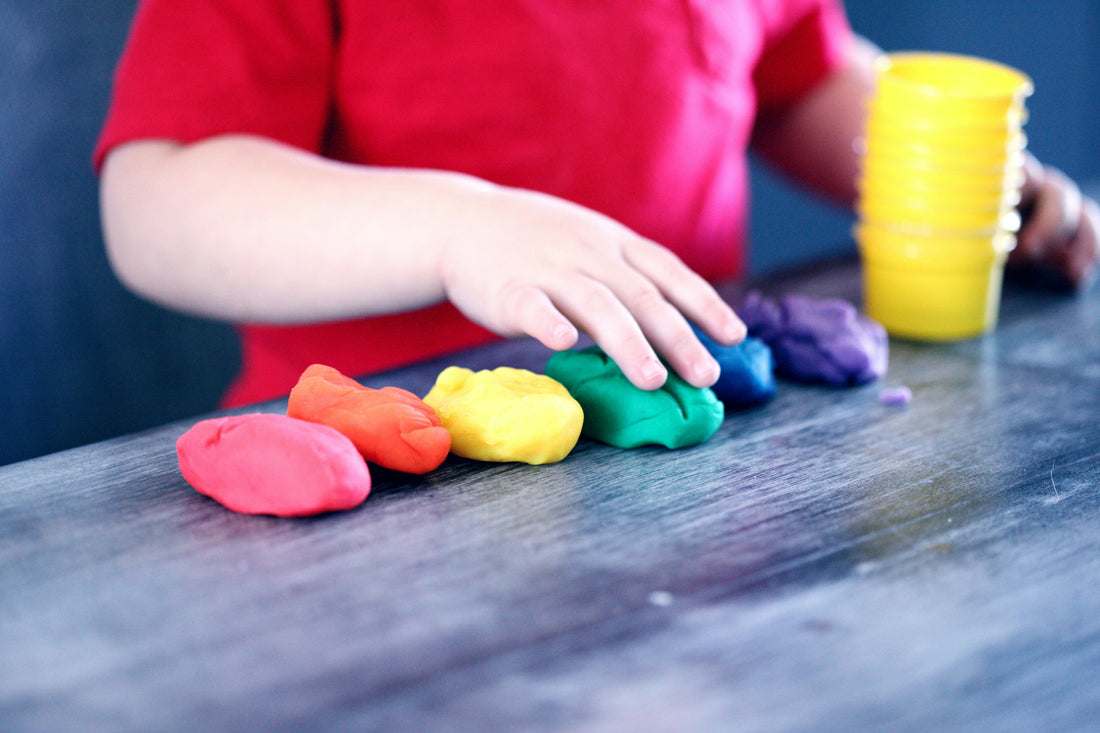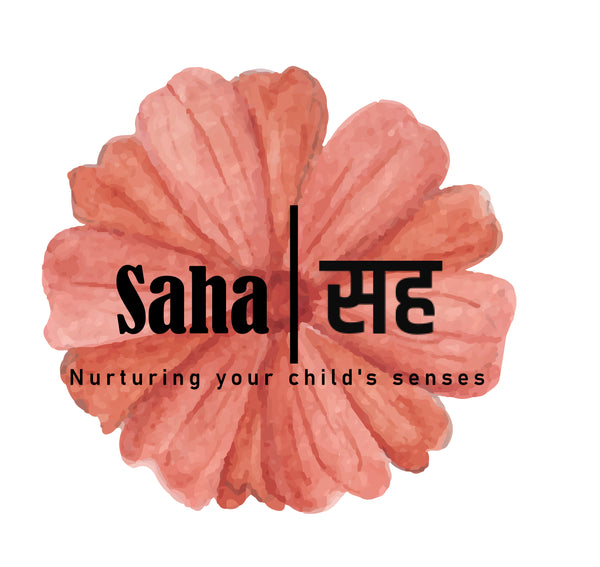
Age-Wise Guide to Choosing Educational Toys for Kids
Share
Selecting the right toys for children is more than just a matter of keeping them entertained; it’s about creating that environment that would foster their growth and development at every stage. For its obvious benefits, parents, caregivers and educators prefer educational toys. Despite their best intentions, it can feel quite overwhelming to choose the right toys among all the options that are available in the market. A toy, if developmentally inappropriate will not be effective.
A glance at this post however will help you choose the educational toys that can play a pivotal role in enhancing cognitive, physical, and social skills, making playtime a rich learning experience. So, let's begin!
0–12 Months: Sensory Exploration
In the first year of life, babies are busy exploring their senses and developing motor skills. Toys that engage their vision, hearing, and touch can be immensely beneficial.
Recommended Toys:
- Rattles and textured balls to develop tactile and auditory senses
- Teething rings to soothe gums and promote oral exploration.
- Soft Dolls that is safe to be chewed on to.
- Crinkly fabric books and high-contrast toys to stimulate visual development.
- Safe, unbreakable mirrors to encourage self-recognition.
- Play silks for sensory stimulation and object permanence.
1–2 Years: Gross Motor Skills and Cause-and-Effect Learning
Toddlers are on the move, learning to walk, climb, and explore their environment. Toys that encourage movement and introduce basic problem-solving are ideal.
Recommended Toys:
- Push-and-pull toys to enhance gross motor skills.
- Stacking rings and wooden blocks for hand-eye coordination.
- Shape sorters and simple puzzles to encourage problem-solving.
- Musical instruments like tambourines or maracas for sensory and auditory development.
- Play silks to encourage big movements.
2–5 Years: Imaginative Play and Fine Motor Skills
Preschoolers love pretend play and are ready to refine their fine motor skills. Open-ended and creative toys can spark their imagination and enhance learning.
Recommended Toys:
- Pretend play sets like kitchen kits, toolboxes, or doctor’s kits to foster creativity.
- Wooden puzzles with larger pieces for cognitive development.
- Art supplies such as eco-friendly crayons or washable paints for self-expression.
- Montessori-inspired toys like threading beads or lacing boards for fine motor skills.
- Open-ended blocks, shape sorters, animal figurines to enable creative thinking.
5–7 Years: Early Academics and Social Skills
At this stage, children start engaging in more structured play. Toys that combine fun with learning, along with opportunities for teamwork, are ideal.
Recommended Toys:
- Board games that teach basic strategy, turn-taking, and patience.
- STEM kits such as building blocks or science experiment kits.
- Craft kits and storybooks to encourage creativity and literacy.
- Open-ended toys like magnetic tiles or wooden figurines for imaginative play.
7+ Years: Logical Thinking and Teamwork
Older children are ready for complex challenges and activities that require logical thinking and collaboration. Toys that encourage strategic thinking and exploration are perfect.
Recommended Toys:
- Complex puzzles and construction kits like LEGOs.
- Coding robots and electronics kits to introduce basic programming skills.
- Strategy-based board games for critical thinking.
- Outdoor activity sets, such as gardening kits or sports gear, to promote physical activity.
General Tips for Choosing Educational Toys
- Opt for Open-Ended Play: Toys that can be used in multiple ways foster creativity and problem-solving. The best thing about open-ended toys is that they evolve as children grow and as their thinking capabilities evolve. Hence, open-ended toys make case for a better investment.
- Prioritize Safety: Ensure all toys are age-appropriate and made from non-toxic materials. This is crucial because children tend to put everything into their mouths. And, as adults creating their physical environment, it lies upon us to choose safe materials that do not expose them to risk of ingesting plastics and other chemical from their environment.
- Embrace Sustainability: Choose eco-friendly options to nurture a love for the planet while encouraging learning. Keeping the interest of the planet at the heart of every choice that we make as adults, in our journeys as parents and caregivers, sow the seeds of love for our planet in our children. Choosing sustainable options when it comes to choosing toys for our children is not an exception and can go a long way in harnessing love for the planet early on in those young hearts.
- Follow Your Child’s Interests: Consider what excites your child to make learning fun and engaging. All children are unique in terms of their developmental journeys, preferences and personalities. While it is essential to expose children to a wide variety, it is also important to keep in mind what they love the best while choosing toys for our children.
Final Word
References
- Miniture. (n.d.). How to choose the right educational toy for your child’s age. Retrieved from https://miniture.in/blogs/kids-toys/how-to-choose-the-right-educational-toy-for-your-child-s-age#:~:text=Educational%20Toys%20for%20Babies%20(0%2D12%20Months)&text=The%20best%20toys%20for%20this,sensory%20exploration%20while%20ensuring%20safety.
- Parents. (n.d.). Toys for all ages. Retrieved from https://www.parents.com/fun/toys/kid-toys/toys-for-all-ages/
- KidsHealth. (n.d.). How to choose smart toys for kids. Retrieved from https://kidshealth.org/en/parents/smart-toys.html
